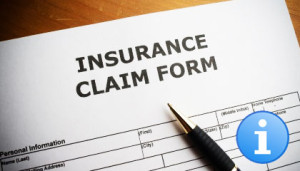
Below are some tips when processing your claim:
1. Read Your Policy
- Know what is covered?
- Dwelling – House
- Other Structures – Structures seperate from house such as a tool shed or detached garage
- Personal Property – Contents of your home
- Loss of Use – If your home is uninhabitable the cost of additional living expenses (ALE) is covered.
- Look at the values and the extent of coverage
- Know your deductible
- You must take reasonable steps to protect your property from further damage by calling for emergency services. Most carriers have an emergency response number to call for recommended and/or approved list of emergency response vendors.
- During your temporary repairs – Do not throw out any damaged items until your adjuster has seen them.
- Save your receipts for what you spend on the temporary repairs to submit to the insurance company for reimbursement.
- Claims must be filed in a timely manner. Most insurers require filing claims within a few months of the loss.
- Always keep the following details on hand throughout the claims process
- Name of Insurance Representative and Insurance Adjuster
- Important dates (loss date, claim date, inspection date)
- Copies of all documents
- Any written correspondence
- Inspect your home or business to determine the amount of the loss.
- Generally paid to you in the form of a check made payable to you and, if applicable, your mortgage company.
- You must obtain the mortgage company’s endorsement on the check before you will be able to deposit. How to obtain that endorsement generally depends on the amount of the claim.
- Claims less than $10,000, a local branch with endorse the check
- Claims greater than $10,000, the check along with other required documents must be sent to the Loss Draft Department of the mortgage company. Once received, an escrow account will be opened and a draw schedule is set up.
- Loss Draft Department Common Required Documents
- Intent to Repair – document that states that you intend to have the house repaired.
- Contractors (Notarized) Lien waiver
- Form W-9 from Contractor
- Copy of Estimate of Repairs
- Copy of Repair Contract
- Insurance Company Worksheet
